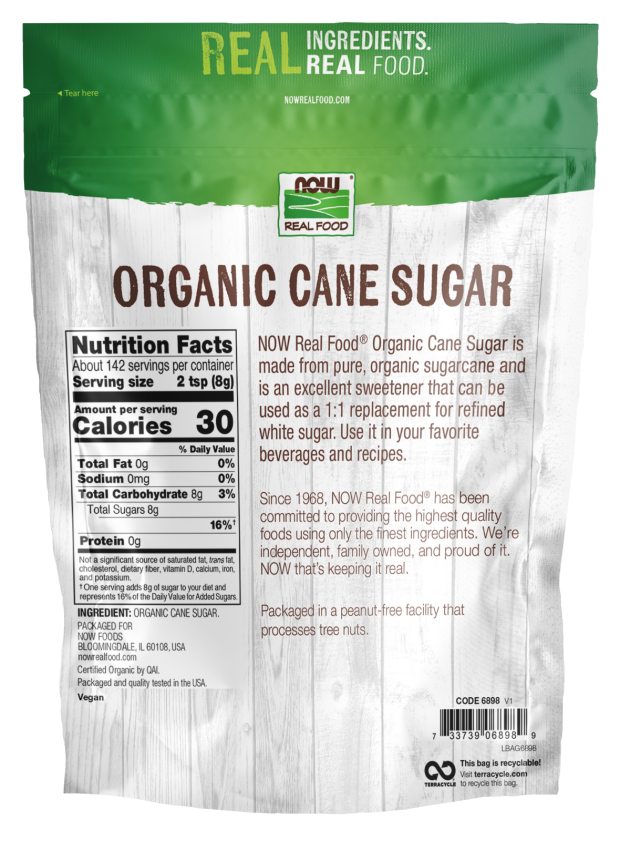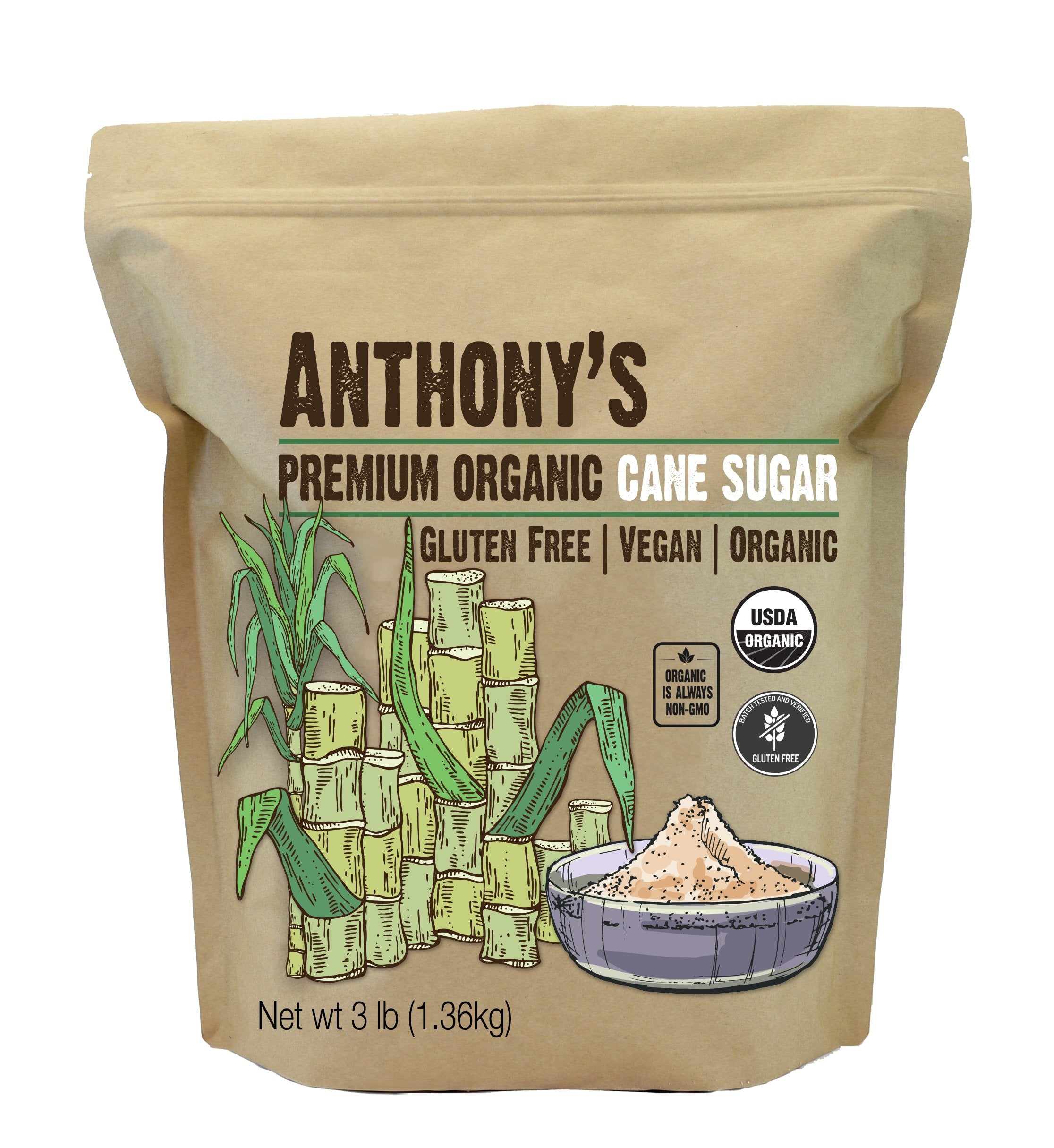Cane Sugar Processing: Trick Technologies for Superior Sugar Manufacturing
Cane Sugar Processing: Trick Technologies for Superior Sugar Manufacturing
Blog Article
Checking Out the Comprehensive Steps Associated With Walking Cane Sugar Processing From Collecting to Improvement
The process of walking stick sugar production encompasses a series of complex steps, beginning with the careful harvesting of sugarcane and finishing in the refinement stages that make sure the final product fulfills sector standards. Each phase, from the extraction of juice to the filtration and crystallization processes, plays a critical role in identifying the top quality and personality of the sugar. Understanding these stages not only highlights the complexity of sugar manufacturing yet additionally elevates vital concerns regarding effectiveness, sustainability, and advancement in the market. What implications do these factors have for future practices?
Harvesting Sugarcane
Gathering sugarcane is a crucial action in the cane sugar processing chain, as it straight affects the top quality and return of the final product. Appropriate timing and methods are essential during this stage to ensure ideal sugar material and decrease losses. Normally, sugarcane is gathered when it reaches maturity, generally 12 to 18 months after growing, characterized by a high sucrose focus.

Post-harvest, the sugarcane needs to be refined swiftly to avoid sucrose destruction. Preferably, gathered cane needs to be transported to refining centers within 24 hours to protect sugar top quality. As a result, effective logistical preparation is crucial to keep the honesty of the gathered plant throughout the supply chain.
Removal Process

The crushed cane is subjected to a collection of pushing procedures to make best use of juice recuperation. Usually, warm water is sprayed onto the crushed cane, producing a countercurrent circulation that helps liquify the sugar while also aiding in the removal process. The juice accumulated from this operation has not only sugar however also different natural compounds and pollutants.

To boost extraction performance, some facilities may use diffusion methods, where the sugarcane is soaked in warm water, allowing the soluble sugars to diffuse right into the fluid. The resulting juice, rich in sucrose, is then routed to succeeding processing phases, laying the structure for filtration and improvement. The extraction process is therefore crucial in determining the high quality and yield of the final sugar item.
Filtration Strategies
The filtration strategies utilized in walking cane sugar handling are crucial for changing the raw juice into a top quality sugar product. These techniques largely aim to remove pollutants, such as dirt, plant products, and inorganic compounds, which can negatively impact the final item's taste and shade.
This process includes including lime and warmth to the raw juice, which assists in the coagulation of contaminations. Additionally, the use of phosphoric acid can enhance the explanation process by further binding contaminations.
An additional considerable strategy is carbonatation, where co2 is introduced to the made clear juice. This reaction generates calcium carbonate, which catches staying pollutants and promotes their elimination.
Furthermore, activated carbon therapy might be used to adsorb any kind of continuing to be colorants and natural impurities, making sure a much more refined item. The mix of these methods efficiently prepares the sugar juice for succeeding actions in the refining process, setting the phase for the production of premium walking stick sugar.
Condensation Methods
After the filtration phase, the my sources following critical action in walking cane sugar processing involves formation approaches, which play a critical role in transforming the made clear juice into solid sugar. This process normally employs two key methods: spontaneous condensation and controlled formation.
In spontaneous formation, supersaturated sugar services are permitted to cool down naturally, bring about the development of sugar crystals in time. This approach is simpler however might cause irregular crystal dimensions and lower purity levels. On the other hand, managed crystallization is a more exact strategy where temperature, focus, and seeding agents are thoroughly taken care of. This approach enables the consistent development of sugar crystals and greater pureness.
Throughout formation, the clarified juice is focused via evaporation, enhancing its sugar web content until it reaches supersaturation. As image source soon as this point is accomplished, either technique can facilitate the condensation procedure. Cane Sugar Processing. The resultant sugar crystals are then divided from the remaining syrup via centrifugation
Ultimately, the option of formation method affects the high quality, size, and pureness of the last sugar product, making this action important in the general walking stick sugar handling procedure.
Improvement and Product Packaging
Just how can the pureness and top quality of cane sugar be further improved after crystallization? The refinement process plays an essential role in achieving top notch walking stick sugar.
Next, the sugar undergoes a process called centrifugation, where it is rotated at broadband to separate the detoxified sugar crystals from the remaining liquid. After centrifugation, the sugar is commonly additional improved with a method called carbonization or phosphatation, which utilizes activated carbon or phosphoric acid to get rid of color and off-flavors.
When refined, the sugar is dried to achieve the desired moisture material, making sure that it continues to be stable throughout storage and transportation. The final step includes product packaging the refined sugar in moisture-proof and airtight containers to preserve its quality and protect against contamination. Cane Sugar Processing. Correct product packaging not just prolongs life span however additionally facilitates very easy handling and distribution, ensuring that customers obtain sugar that fulfills the highest possible requirements of pureness and high quality
Final Thought
The thorough actions included in cane sugar handling, from the precise harvesting of sugarcane to the elaborate improvement and packaging phases, highlight the importance useful link of each stage in ensuring high-quality sugar production. Optimum harvesting techniques, efficient extraction techniques, and rigorous purification processes collectively add to the last item's pureness and stability. The crystallization and succeeding packaging techniques additionally enhance the integrity and shelf life of the sugar, highlighting the intricacy and precision integral in this vital agricultural market.
The procedure of walking stick sugar production encompasses a series of intricate actions, beginning with the cautious harvesting of sugarcane and finishing in the improvement stages that make sure the last item meets market requirements. Ideally, harvested cane should be transferred to processing centers within 24 hours to preserve sugar top quality.In spontaneous condensation, supersaturated sugar options are enabled to cool down normally, leading to the development of sugar crystals over time - Cane Sugar Processing. The refinement process plays a critical role in attaining top quality walking stick sugar.The thorough actions involved in cane sugar processing, from the thorough harvesting of sugarcane to the complex improvement and packaging phases, highlight the significance of each stage in ensuring high-grade sugar production
Report this page